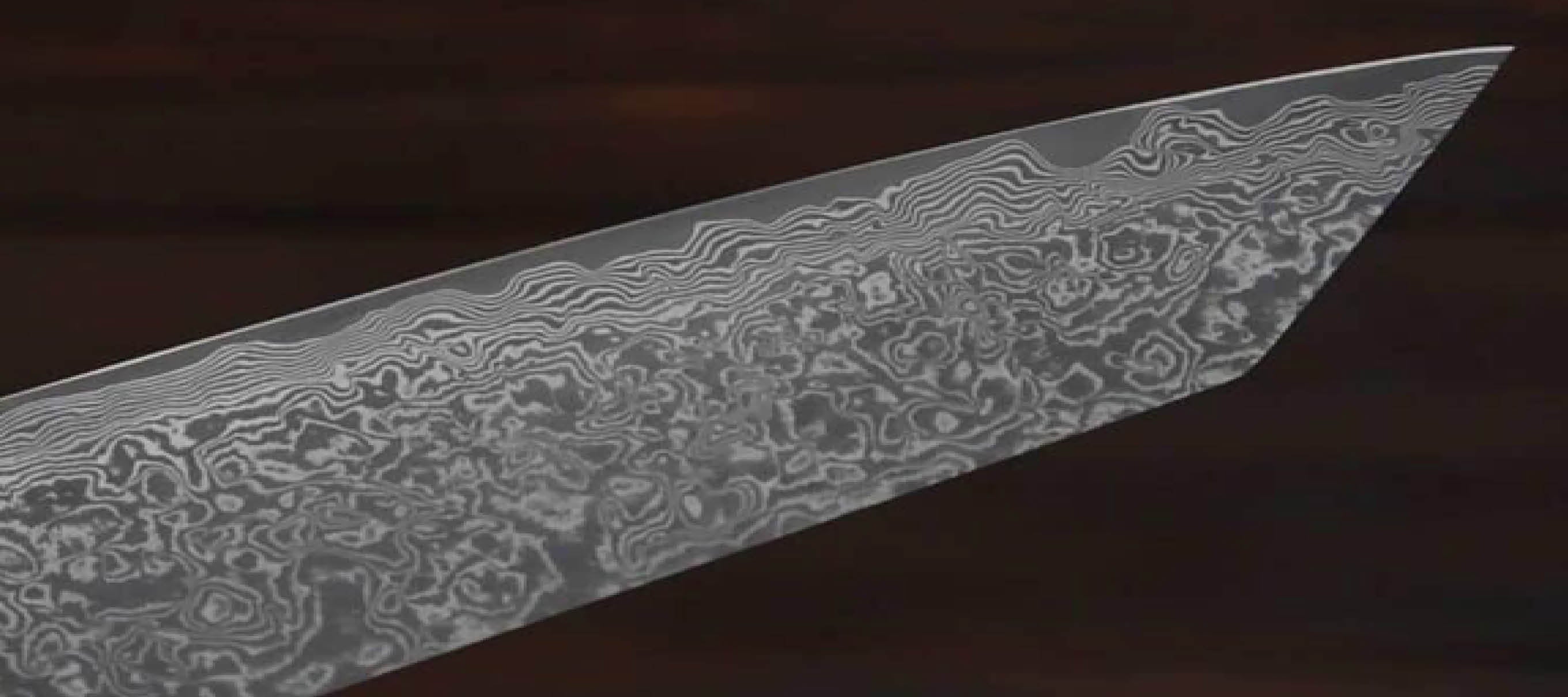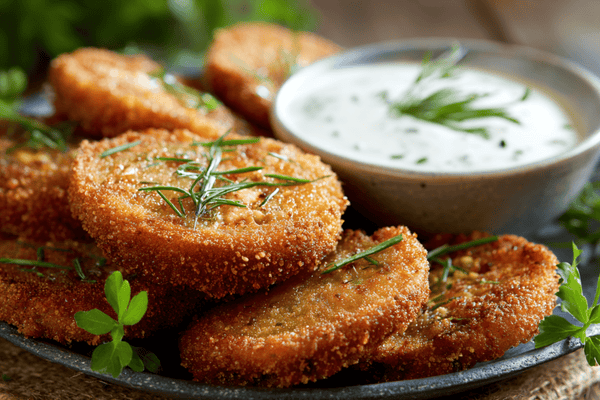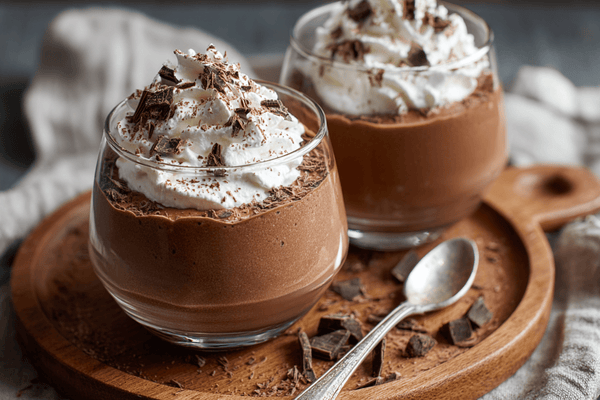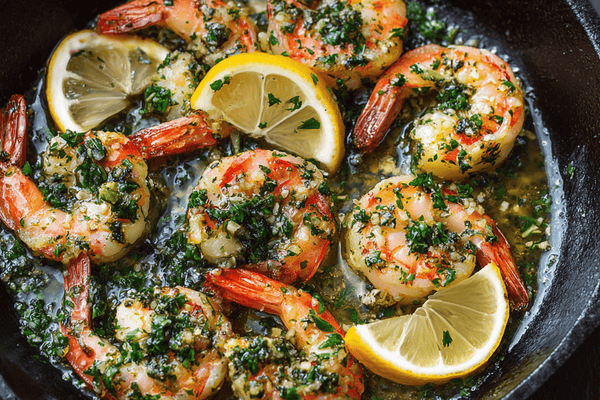
Having a good-quality chef’s knife allows you to prepare your meals much more easily. But have you ever thought about how your knife is made and what goes into its construction?
There’s a lot that goes into making the perfect knife, from the choice of blade material to the construction of the blade, the angle of the cutting edge and much more. Let’s take a closer look.
Table of contents
What Are Blades Made From?
Modern chef’s knives can be made from a variety of materials but many would consider the best to be high carbon steel. This is an incredibly durable material that remains sharp for a long time, and provides the user with a precision cut that far exceeds any other type of material. Furthermore, the high corrosion resistance means this material is not susceptible to rust which is a huge bonus especially in a professional situation where blades need to be long-lasting.That said, there are many other materials that are often used in knife blade construction. Stainless steel is often used as it is far more flexible but it is not as resistant to rust as carbon steel. However, stainless steel is favoured in the creation of various kitchen knives for its affordability.
It is important to point out that some softer types of metal do not have a good edge retention like carbon steel. While these can be used for kitchen knives, the edge of these blades will need to be sharpened much more frequently. A good example of this is Damascus steel. While Damascus Steel will look amazing, it may not function for as long as different metals.
You may also see ceramic knife blades on the market. One of the biggest advantages of these is that there is no risk of a chemical reaction upon contact with the foods. Moreover, ceramic knives are not prone to rust or corrosion giving them a much longer life; not to mention the overall durability of the material.
Japanese Layered Steel

Japanese knives are highly sought as they are among some of the best kitchen knives in the world and they are associated with being extremely sharp and precise, as well as long-lasting and durable. The reason that these knives are as adept as they are, is largely to do with the way that the blades are constructed by the knife manufacturers. While not all Japanese knives feature layered steel, this is a common knife-making technique.
San-mai means three layers and this type of construction is based on the concept that harder steel retains its edge much better. The way that steel is fortified is by adding other elements; most notably, carbon, which we discussed earlier in this guide, or through heat treatment. However, there is a downside to this and that is that, as steel becomes harder, it also becomes more fragile.
The Japanese technique of san-mai overrides this problem by welding soft layers of steel to either side of a hard piece of steel. This vastly improves the structural integrity of the knife at the same time as allowing it to retain its sharp edge. It essentially gives you the best of both worlds.
But that isn’t the only technique; the innovative Japanese craftsmen also have a two-layer method of construction known as ni-mai. This is usually used for single bevel knives and is a way of protecting the brittle layer of hard steel so that it better keeps its edge.
The harder steel is there to perform a clean and precise cut while the layer of softer steel is welded on to stop the blade from being too brittle. What’s great about this type of construction is that the layer of exposed hard steel gives the blades a non-stick quality, perfect for the kitchen.
There are, of course, single-piece blades as well and in Japanese construction, these are known as honyaki or mono-bar blades. This is an ancient blade-making method that dates back thousands of years and was used to make swords and other weapons. You will find that, depending on the type of steel used, these knives will either be better at holding their edge or will be more durable; it’s unlikely you’ll get both in equal measures.

However, since this is such an old-fashioned way of constructing a blade, not many Japanese knives are made this way anymore. It is thought that as little as 1% of all modern Japanese knives feature a mono-bar construction.
A History of Knife Blades
Back when our ancestors began making knives, the blades were typically made from materials like flint. These knives made from natural materials date back as far as prehistoric times; in fact, the very first single-bladed knife can be traced back as far as 4000 BC!After this, people began making knives with metal blades that might be a little more recognisable to the modern knife user. To begin with, the first metal knives were fashioned from copper and this material was used in the most primitive double-edged blades. These were typically used as weapons but also commonly used as a tool or implement.
Soon came the dawn of the iron knife blade but it wouldn’t be until Tudor times that the knife became a common feature at the dining table. At this point, table knives replaced personal portable knives that were usually carried on a belt. These Tudor examples of blades were long and pointy and while they could be used to cut food, they were also used to spear the food since forks were yet to be invented.


